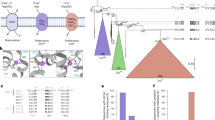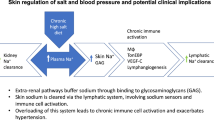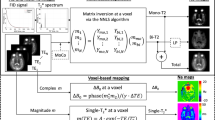Abstract
ACTIVE transport of sodium across cell membranes is now established as one of the fundamental physiological processes of most vertebrate cells. This process probably requires some sort of carrier molecule which binds sodium and which is coupled to a source of energy, the whole being designated for simplicity as a ‘pump’. Failure of sodium transport may occur because of failure of energy supply, as, for example, in ischæmic skin and muscle after injury1. Certain drugs, such as cardiac glycosides, inhibit active transport by competing with sodium for the carrier2. One might also expect to find instances of failure or abnormalities of the pump itself, particularly in disease, but no examples of this are known.
This is a preview of subscription content, access via your institution
Access options
Subscribe to this journal
Receive 51 print issues and online access
$199.00 per year
only $3.90 per issue
Buy this article
- Purchase on SpringerLink
- Instant access to full article PDF
Prices may be subject to local taxes which are calculated during checkout
Similar content being viewed by others
References
Fuhrman, F. A., in “The Biochemical Response to Injury” (Blackwell, Oxford, 1960).
Glynn, I. M., J. Physiol., 136, 148 (1957).
Durbin, R. P., Curran, P. F., and Solomon, A. K., “Adv. Biol. and Med. Physics”, 6, 1 (1958).
Ussing, H. H., and Zerahn, K., Acta Physiol. Scand., 23, 110 (1951).
Fuhrman, F. A., Amer. J. Physiol., 171, 266 (1952).
Burrows, W., Proc. Soc. Exp. Biol. and Med., 57, 306 (1944).
Gottschalk, A., Nature, 181, 377 (1958).
Author information
Authors and Affiliations
Rights and permissions
About this article
Cite this article
FUHRMAN, G., FUHRMAN, F. Inhibition of Active Sodium Transport by Cholera Toxin. Nature 188, 71–72 (1960). https://doi.org/10.1038/188071a0
Issue date:
DOI: https://doi.org/10.1038/188071a0



